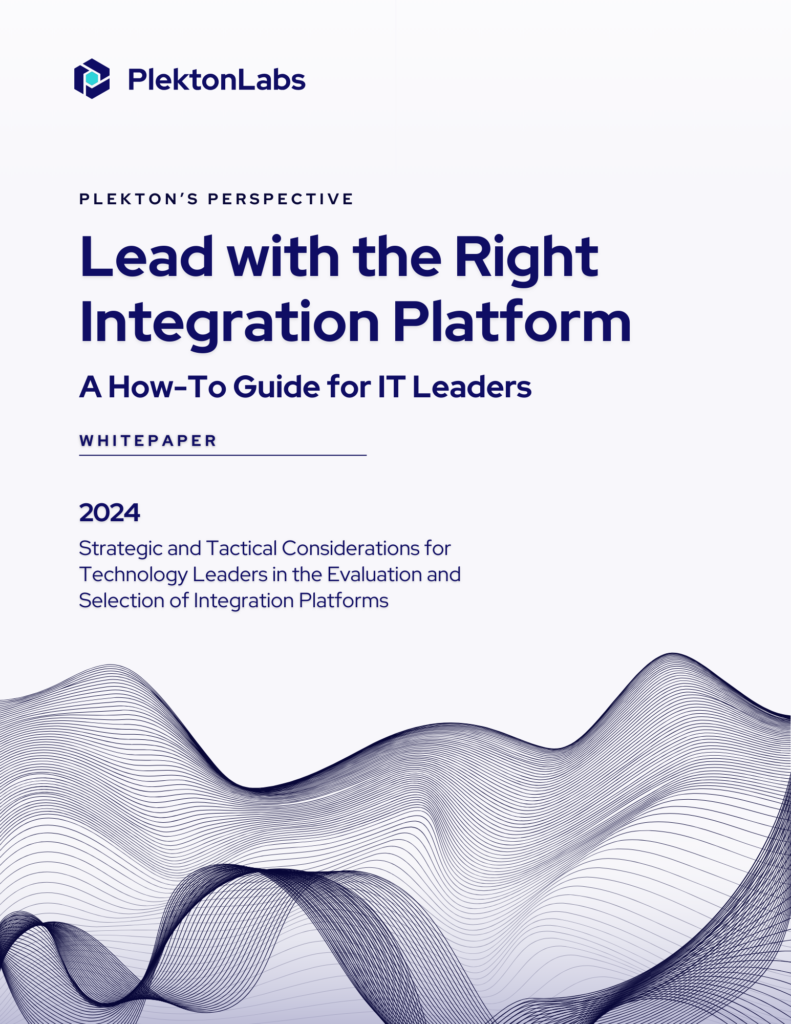API development is a pretty complex procedure, which makes it quite an investment. It takes a decent deal of time and money. This is because developing new infrastructure can be unpredictable. A lot of trial and error is involved, and there isn’t any way to figure out if what you’re doing makes sense as you go along. Instead, you go one step at a time, building a structure from blocks, slowly and gradually. But estimating your API costs is always a safe bet.
Many business leaders get anxious when considering the costs of developing APIs. But the good news is that you can roughly calculate how much it will cost to build an API product. In the long run, this can help you cut costs and save money when developing APIs that customers will love.
What Are the Primary Costs of Developing an API?
To put things simply, the largest expenses are generally ongoing monthly costs that are incurred for maintenance. Moreover, there really isn’t a fixed rate for the services of an experienced developer. This depends on the size and scale of your project; as well as the current market rate. Ask around for estimates and browse around on sites that provide quotes. Bear in mind that costs can increase when dealing with contractors.
The time needed to develop the API depends on its functions or capabilities. Different categories need to be developed when constructing an API. You can alter the amount of time needed to work on each area, which can tweak and adjust costs. In addition, it depends on how much time the in-house IT team and external contractors can devote to building the API, as some collaboration between the two is needed and how many resources you can spare on each.
Many projects don’t start with a data source. If the API is projected to expose a database, and that database doesn’t exist beforehand, you will have to include the time and money required to build the database structure and seed it with primary data.
The team building the API generally creates a simple prototype to put the API into the testing phase as soon as possible. This stage will let you know how the API will perform and any issues that need resolving.
Furthermore, your API needs a good deal of research. The team will want to gather as much information as possible during this phase. Will the API interact with other third-party services? Which data sources will be exposed by the API?
Besides this, the developers also need to collect lots of domain-specific knowledge to figure out how the data should be exposed and handled. The API also needs proper documentation and to make sure the documentation is consistently synchronized with the API’s newest features. Oftentimes, interactive and self-documenting APIs take longer to get running.
Security is another time-consuming aspect. They need to incorporate volume-limiting restrictions which reduces the possibility of users with ill intent using the API to transfer large amounts of data from your organization so that malicious clients can’t secretly rack up hosting or access costs. Strong security safeguards need to be built into the API infrastructure so that sensitive data isn’t accidentally exposed to malevolent third parties.
Dashboards with real-time alerts and statistics are extremely useful for keeping track of your APIs’ operational capabilities, letting you monitor the HTTP response status codes, API feedback, and a lot more. These will allow you to view things in real-time.
As mentioned before, maintaining your API racks up the majority of the costs involved. Deploying the finished API product, and then its upkeep throughout the API lifecycle incur significant costs. It is important to remember that the expenses do not end once the API has been built.
Similarly, marketing your API and getting the word out about it requires its own budget. You will need to let developer communities know that there’s a new API product on the market. And you have to set aside the money for it after figuring out what marketing strategy is good for your API product. Can your in-house developers and architects evangelize this or do you need a third party to monetize your APIs?
Why You Need to Consider the Costs Beforehand
While there are no hard-and-fast numbers or definitive costs, when estimated, a functional, fully documented, and secure API costs around $20,000 when built by an experienced developer. Moreover, the cost, time frame, and complexity are subjective and can change once steady and consistent maintenance is considered, especially if you plan on having future projects that need various other APIs. But this pays up in dividends if strategized correctly.
In addition, there may be things that don’t work out how you wanted them to in theory. These things will need to be changed and smoothed over until everything is working perfectly.
Guesstimating the costs and discussing your needs with the developer will make sure you don’t end up going way past your budget at the end of the project. It also prevents any sticky situations or unpleasant surprises on either your part or that of the developers you work with.
Breaking down the different factors that go into building an API also helps keep your expectations grounded. It allows you to understand how much the developers can provide in a certain period of time, which goes along with the rest of your business plans and strategies.
Wrapping Up
Developing an API is a big step for your organization. While it is pretty expensive, investing in a skilled and experienced developer can save you a lot of trouble in the future. Spending the money in the beginning stages is the right step towards the process of digital transformation. Knowing the different sectors you will have to spend will prevent surprises and also let you know what to expect in terms of the API’s costs and capabilities.





